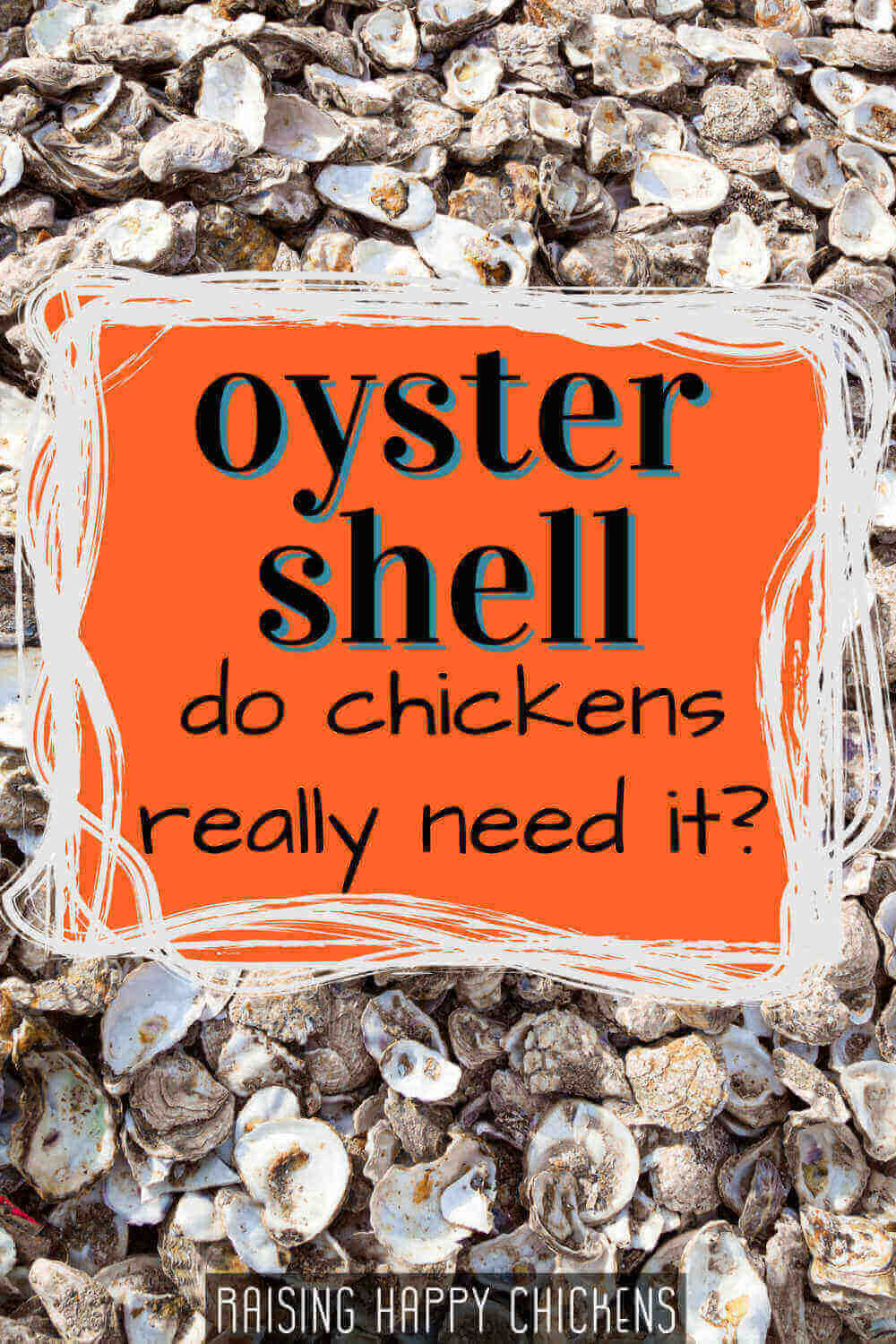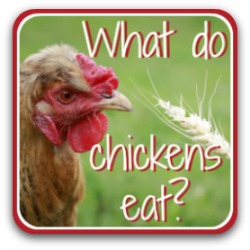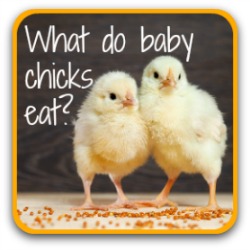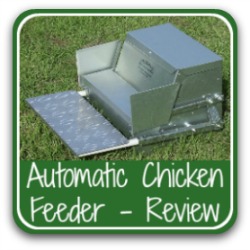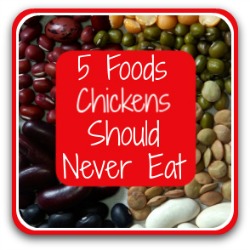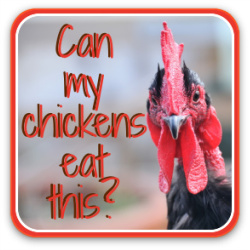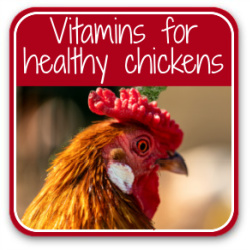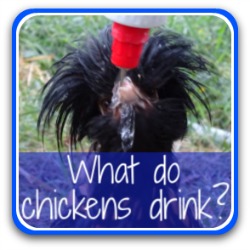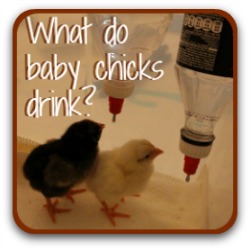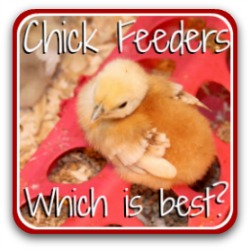Oyster shell for chickens: why does it matter?
What is oyster shell? Is it the same as grit? Can other shells be used? Do all chickens need it? And what's the best way to feed it?
We all love to make sure our flock has only the best food and drink. Whether to add oyster shell to a chicken's diet has long been a subject of discussion and debate in the poultry world.
Some swear it's critical for the health and productivity of their flocks, while others question whether it's necessary at all.
In this article, we'll unravel the mysteries surrounding oyster shell and, using properly researched studies, explore whether it's an essential component of a balanced diet for chickens – or an expense we can dispense with.

How to use this article.
This is a long, detailed article. If you're looking for a particular piece of information quickly, use the links below to go there.
Otherwise, keep scrolling so as not to miss out on any important advice.

Oyster shell vs grit: what's the difference?
It can be confusing to read that chickens need both oyster shell and grit – particularly when oyster shell products are often labelled "oyster shell grit".
But there's a major difference.
Grit is an insoluble substance which chickens need to be able to grind and digest food passing through their digestive system. In effect it acts as the teeth a chicken does not have.
Oyster shell is soluble: calcium from the oyster shell is digested by the chicken as she processes food and adds minerals required to meet dietary needs and maintain health and well-being.
All chickens need grit.
Only some chickens need oyster shell.
Click to read my article about grit, and the difference between it and oyster shell, in much more detail.
Here, we're going to discuss oyster shell only.

What is oyster shell, and why do chickens need it?
An oyster is a type of mollusc, found in saltwater environments and widely farmed for human consumption. There are more than one hundred different species.
No matter what the species, the shell of an oyster has two halves which are hinged together.
Critically important: about 95% of each oyster shell is made of calcium carbonate, together with a small proportion of protein(1).
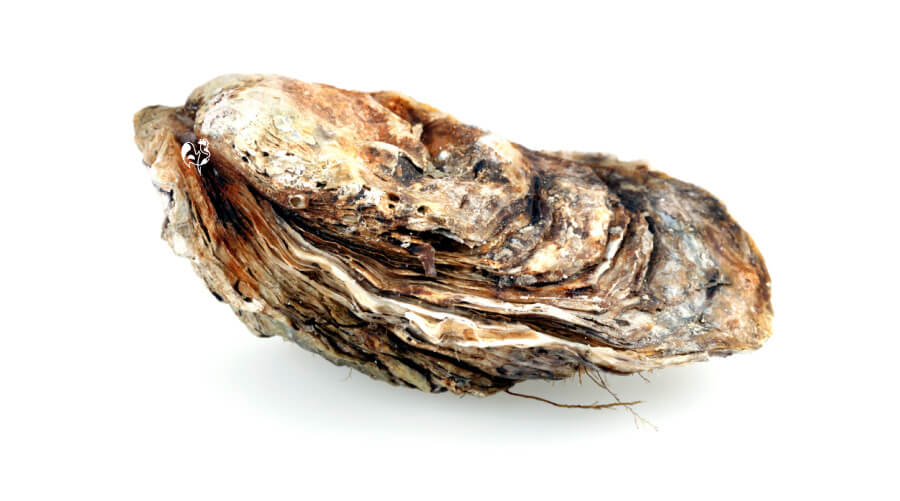
Oyster shell: calcium benefits for chickens.
Around 94% of a chicken shell is also made of calcium carbonate.(2)
If a hen doesn't get enough calcium carbonate in her everyday diet to meet the huge need for calcium to lay eggs regularly, two things happen:
- her egg shells will become increasingly thinner, to the point where she will lay eggs with soft or no shells – which can lead to the potentially fatal condition of becoming "egg-bound"
- her health will deteriorate rapidly, as the body tries to make up for the deficiency by taking calcium from her bones, leading to a form of poultry osteoporosis – "brittle bone disease"(3).
So adding a calcium supplement to a hen's diet is critically important to her health, and to the strength of her eggs.
If you purchase a product through links on this page, I may receive a small commission at no extra cost to you. I only recommend products I have bought (or would buy) myself, and which I believe will genuinely benefit you. You can read my full disclosure policy here.
Do all chickens need additional calcium from oyster shell?
No.
- Hens at and after the "point of lay" (i.e. from about 18 weeks old) need additional calcium because of the extra demands laying eggs places on their system.
- Male chickens do not need extra – because they don't lay eggs. The calcium supplement already added to a good quality chicken feed is enough.
- Chicks and young chickens do not need extra, for the same reason.
- See this article for more detail about what chickens should eat at different life stages.

Are oyster shell substitutes possible?
There have been a number of different studies carried out testing an oyster shell supplement against other sea shells (clam, mussels and cockles particularly)(3, 4); against a hen's own eggs(5); and against a different source of calcium carbonate in limestone(5, 6).
These were the results.
1. Clam, cockle, mussel and coquina shells as a calcium source.
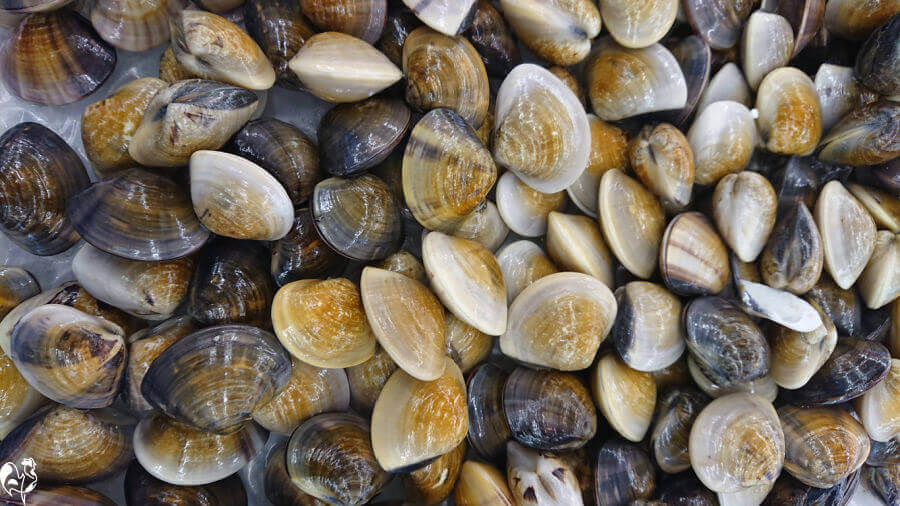 Clams and other sea shells are not an effective substitute for oyster shell.
Clams and other sea shells are not an effective substitute for oyster shell.- Hens ate too few sea shells, resulting in a calcium deficiency.
- The quality of the hens' egg shells was less, so they broke more easily.
- There were no benefits to feather growth or egg production.
- Sea shells performed the least well of all the calcium sources.
- Significance for your own hens: do not use sea shells as a source of calcium. They simply do not provide enough.
2. Hens' eggs as a calcium source.
- These performed much better than sea shells, but not as well as either oyster shell or limestone. The performance in terms of cost was obviously better, since the shells were taken from the hens' own eggs.
- The cholesterol content of the eggs from hens supplemented with their own eggs was slightly higher than for other groups.
- Yolk colour was more intense in the hens fed with chicken eggshells.
- The available calcium from hens' eggshells was around 10% lower than from oyster shell (25.53% vs 35.2%)
- Significance for your own hens: use your hens' eggshells if, for whatever reason, you cannot feed another supplement. If you want an intense yolk colour, feed your chickens marigold flowers!
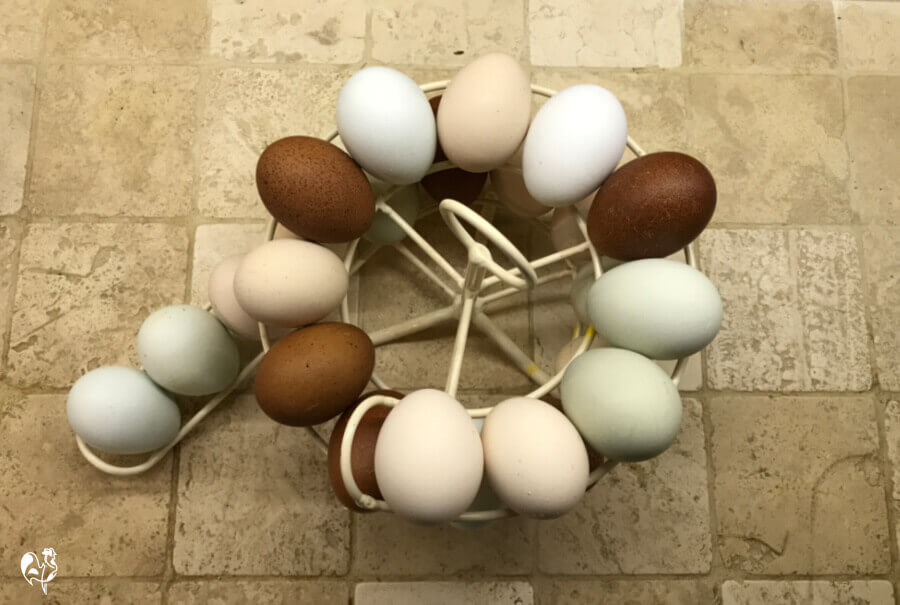 A selection of my hens' eggs – they can be used as a calcium source if oyster shell is not available.
A selection of my hens' eggs – they can be used as a calcium source if oyster shell is not available.To use your hens' eggs as a calcium source...
Research(5) has shown that the safest way to do this is by using this process:
- wash dirt off the shells with fresh water
- put into a pan of boiling water (37ºC / 100ºF) for 3 to 4 minutes
- drain the water, and allow the shells to air dry
- grind, using a pestle and mortar so some larger pieces remain
- store until needed in a food grade plastic bag or container in a cool, dark place.
3. Using limestone as a calcium supplement.
- The egg production of hens fed a limestone supplement was lower than for any other group.
- One study found the mortality rate of hens fed limestone was higher than in other groups – but they were using older laying hens (aged 18 months)(4). Other studies did not find any difference in mortality.
- Limestone was not eaten as readily by the hens – they seemed to prefer any form of egg shell.
- Eggshell strength was better than from hens fed chicken eggshells, but not as strong as those fed an oyster shell supplement.
- Significance for your own hens: limestone is a natural source of calcium carbonate, so use it if you have any objections to using shells from a living creature.
4. Oyster shell for chickens.
Research has consistently shown that, of all the available sources of calcium, oyster shell is the best source for chickens(1, 4, 5, 6).
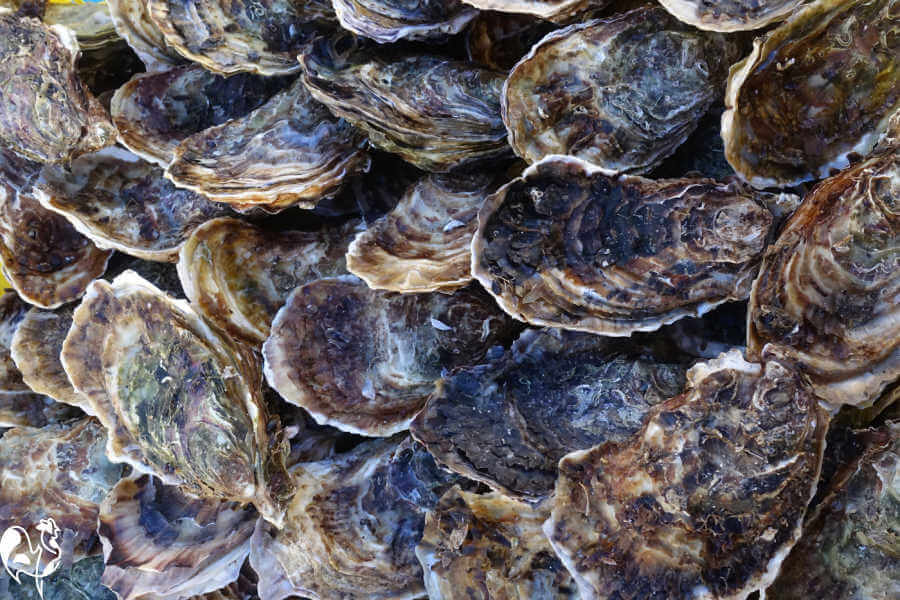
- Hens ate oyster shells more regularly, and sustained their own body weight better than those fed either other shells or limestone(1).
- That's in part because oyster shell proved to be more easily soluble – and therefore more easily digested – than other sources(7).
- Eggshell thickness and strength was highest in those fed with a calcium supplement containing 8% oyster shell(5, 6, 7).
- Feeding large particles of oyster shell was most effective in improving the bone density of hens(7).
- Significance for your own hens: oyster shell, preferably in large particles, fed with a calcium content of about 8%, is the most effective means of making sure your hens have sufficient calcium.

When and how should the oyster feed supplement be given?
Chicken feed with oyster shell.
- Commercially produced adult chicken feed contains calcium at the rate of (on average) between 2.5% and 4.5%.
- That's perfectly adequate for males, females who are not laying, and as a baseline for laying hens.
- Adding more into their general feed can overdose chickens who are not in need of additional calcium. And that will inevitably create problems for their kidneys.
- Never add oyster shell, or any other form of calcium supplement, to the flock's general feed.
Oyster shell for chickens' treats.
- Be very careful about giving additional commercially produced treats to chickens. Many, like these "Golden Graze" snack bites, contain quite large amounts of calcium – in this example, a minimum of 7%.
- Chickens may (and do!) love it, but they can't separate out the calcium pieces among all the other bits of treats.
- And if they already have a feed containing calcium, adding more in the form of treats may lead to an overdose, which will put a strain on their kidneys.
When should the oyster shell supplement be given?
This is critically important.
- Whichever form of additional calcium you offer your flock, it should be given separately to their everyday feed.
- Chickens know instinctively when and how much calcium they require to maintain their own health and lay eggs with strong shells.
- So always provide oyster shell freely, in a separate feeder. Your chickens will take what they need, when they need it.
The oyster shell feeder.
I use a small bowl which fixes either onto a wooden block attached to the wall in my stone coop, or onto the mesh of my Eglu coop's run. That way, the oyster shell doesn't get knocked over!
As a bonus, these bowls can double up as feed or treat bowls when attached to my puppy pen brooder. (Note: baby chicks should not be given any form of calcium supplement).
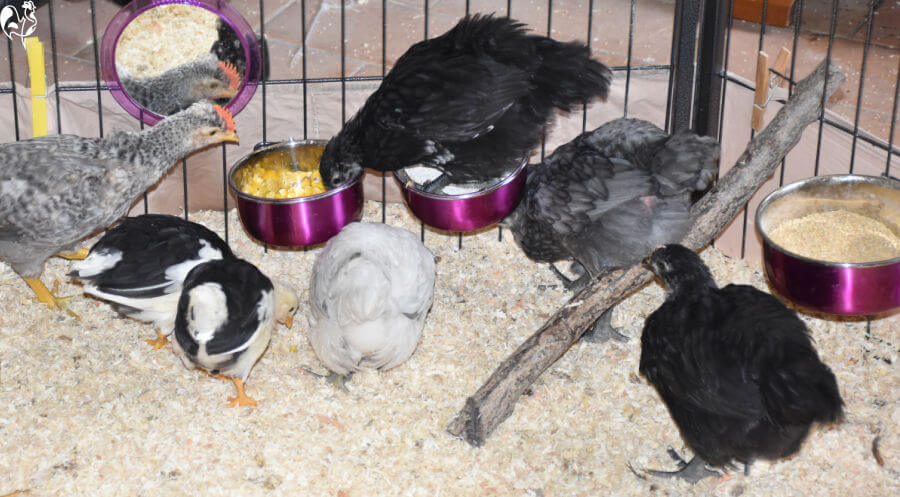 Puppy pen brooder bowls will be used for oyster shell when these chicks are adult.
Puppy pen brooder bowls will be used for oyster shell when these chicks are adult.Is crushed or powdered oyster shell best for laying hens?
- Results of research studies showed that large (sometimes called 'coarse') flakes of oyster shell have the best results(4, 7).
- Egg weight was higher, shells stronger and, critically, hens' bone strength was greater.
- But it's a fine distinction. Either will work well, so if you can't access the coarser particles, a finer crushed version will be perfectly adequate.
- Oyster shell should be available at your local feed store or tractor supply. If not, there are good quality versions available online.

Frequently asked questions about using oyster shell for chickens.
Can chickens have too much oyster shell?
Can chickens have too much oyster shell?
Not if you offer it separately from their daily feed. Chickens instinctively know how much they need, and will help themselves (or not!) accordingly.
That's why it's important not to mix any form of additional calcium in with their usual feed. If they aren't able to control the amount and they have too much calcium, side effects can include kidney failure.
Do all chicken breeds need oyster shell?
Do all chicken breeds need oyster shell?
Yes.
There's no distinction between breeds. If a hen is aged 18 weeks or over and therefore about to come into lay, she needs a calcium supplement.
Can chickens eat oysters?
Can chickens eat oysters?
They can, and chickens do love fish, but it would be quite an expensive way of treating your flock! Use this link for more information about which fish chickens can eat, and how to feed it.
Is oyster shell vegetarian?
Is oyster shell vegetarian?
No – but then, neither are chickens!
Oysters are living organisms classed as "bi-valves", so by definition their shells are an animal product.
Pescatarians can eat fish, including shellfish. Vegetarians and vegans cannot.
But chickens are omnivores – they'll eat anything, including meat and fish. So it's fine to give your flock oyster shell unless you're vegetarian or vegan and have an ethical problem with it.
I'm vegan and don't want my chickens to eat an animal product. What can I use instead of oyster shell?
I'm vegan and don't want my chickens to eat an animal product. What can I use instead of oyster shell?
As the article explains, ground limestone is an acceptable substitute for oyster shell.
However, if your chickens have access to the outside, be aware that they will eat meat in the form of worms, bugs and even larger animals such as mice and frogs.

More articles about what chickens should eat.

Sources.
A lot of "facts" you'll find on the internet are often people's individual views, based on inaccurate information repeated from poor quality sources.
The information I provide in this article and others is based not just on my own experience, but on evidenced facts from scientific, peer-reviewed research and books from highly respected and experienced poultry keepers such as Gail Damerow.
Some of the trusted sources I have used in this article are these.
1. Ulagesan, S., et al: A Review of Bioactive Compounds in Oyster Shell and Tissues. Pub. Fronteers in Bioengineering and Biotechnology, 2022.
2. Eggs 101. Published and updated: American Egg Board, 2023.
3. Alm, M., et al: Mussel shells as an environment enrichment and calcium source for floor-housed laying hens. Pub. Journal of Applied Poultry Research, 2017.
4. Lee, W. D., et al: Superiority of coarse eggshell as a calcium source over limestone, cockle shell, oyster shell, and fine eggshell in old laying hens. Pub. National Center for Biotechnology Information, 2021.
5. Islam, M. A., and Ishibori, M.: Use of extruded eggshell as a calcium source substituting limestone or oyster shell in the diet of laying hens. Pub. Journal of Veterinary Medicine and Science, 2021.
6. Heuser, G. F., and Norris, L. C.: Oyster Shells, Calcite Grit, Ground Limestone, and Granite Grit in Rations for Hens. Pub. Cornell University, Department of Poultry Husbandry, 1945.
7. Saunders-Blades, J.L., et al: The effect of calcium source and particle size on the production performance and bone quality of laying hens. Pub. Journal of Poultry Science, 2009.
